
There is enough brownfield land for 1.3 million new homes and over half a million already have planning permission, a new report form CPRE, the countryside charity, has revealed.
|


Thursday, 22 October 2020 10:36

There is enough brownfield land for 1.3 million new homes and over half a million already have planning permission, a new report form CPRE, the countryside charity, has revealed.
|
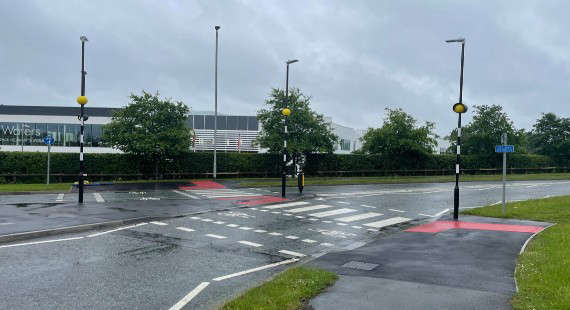 Council seeks views on plans for active travel to make borough healthier, happier and greener
Council seeks views on plans for active travel to make borough healthier, happier and greener
Cheshire East Council is asking residents across the borough for their views on how it can encourage more active and healthier travel choices.
 Police appeal to trace wanted man from Crewe
Police appeal to trace wanted man from Crewe
Crewe Police are appealing for information in tracing a wanted man.
 Man charged in relation to criminal damage in Congleton
Man charged in relation to criminal damage in Congleton
Police officers investigating an incident of criminal damage in Congleton have charged a man.
 Five people charged in relation to high value burglary series
Five people charged in relation to high value burglary series
Detectives investigating a series of high value burglaries across the UK have now charged five people.
 Family pay tribute to "thoughtful, kind, bright" boy who died on railway
Family pay tribute to "thoughtful, kind, bright" boy who died on railway
The family of Joshua Myers, 16, who very sadly died on Thursday near Poynton Railway Station have paid tribute to him.
 Nantwich Food Festival – A wonderful Food Festival with great live Music
Nantwich Food Festival – A wonderful Food Festival with great live Music
Nantwich Food Festival has a great reputation for quality live music, and 2025 feels like it could be the best year yet!
 Appeal for witnesses and footage following collision in Winsford
Appeal for witnesses and footage following collision in Winsford
Police are appealing for any witnesses or anyone with any dashcam footage to come forward following a fail-to-stop collision in Winsford.
 Crewe county lines drug dealer jailed
Crewe county lines drug dealer jailed
A county lines drug dealer from Crewe has been jailed.
 Council launches four new community grants to empower local change
Council launches four new community grants to empower local change
Cheshire East Council has announced the launch of four new community grant programmes for 2025–2026, designed to empower local organisations, strengthen neighbourhoods, and support residents through challenging times.
 Crewe drug dealer jailed after being caught red handed by detectives
Crewe drug dealer jailed after being caught red handed by detectives
A man selling heroin and crack cocaine on the streets of Crewe has been jailed.
 ‘Kick4Alzheimers’ charity football match at Macclesfield FC
‘Kick4Alzheimers’ charity football match at Macclesfield FC
Carefound Home Care Wilmslow is once again bringing the local community together with a charity football match at the Leasing.com Stadium, this time in aid of Alzheimer's Society.
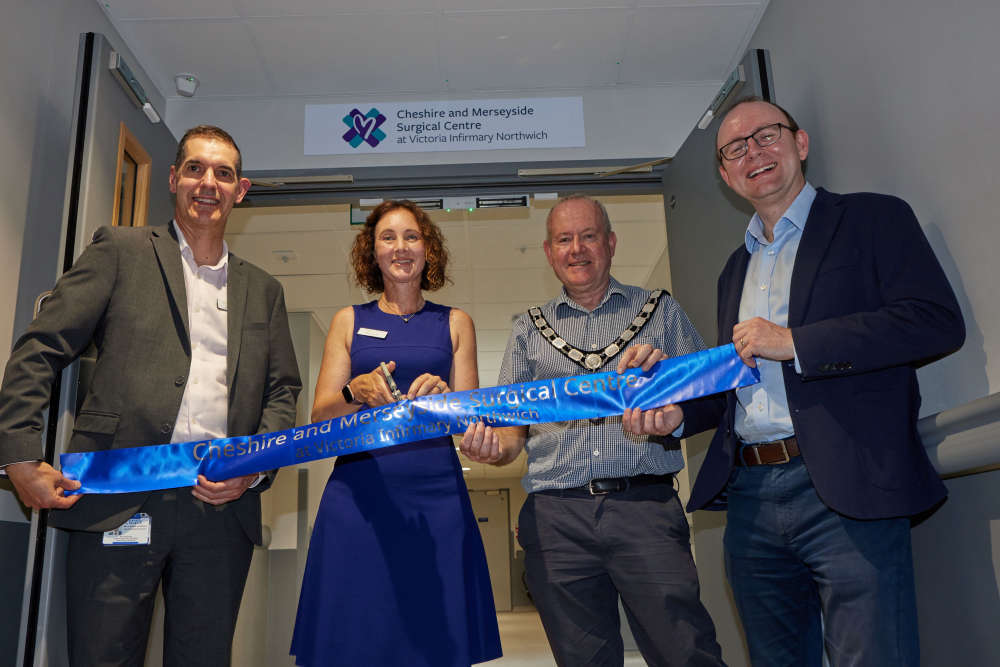 Official opening of new NHS surgical centre in Northwich
Official opening of new NHS surgical centre in Northwich
The ribbon has been cut to mark the official opening of the new Cheshire and Merseyside Surgical Centre, part of the Victoria Infirmary in Northwich (VIN).
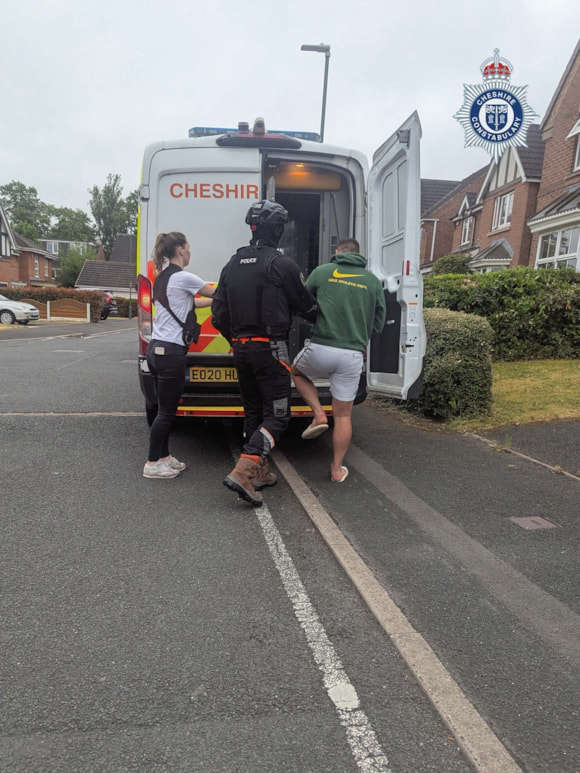 Cheshire police arrest four people in the Midlands in relation to million-pound burglary series
Cheshire police arrest four people in the Midlands in relation to million-pound burglary series
Video
Detectives from Cheshire Police have arrested four people in the Midlands in connection to a high value burglary series across the UK.
 Community boxing club gets Constabulary and Crimebeat boost
Community boxing club gets Constabulary and Crimebeat boost
Cheshire’s Chief Constable Mark Roberts made a trip to Crewe to see how the Constabulary has supported a new £2.5m boxing facility for the community.
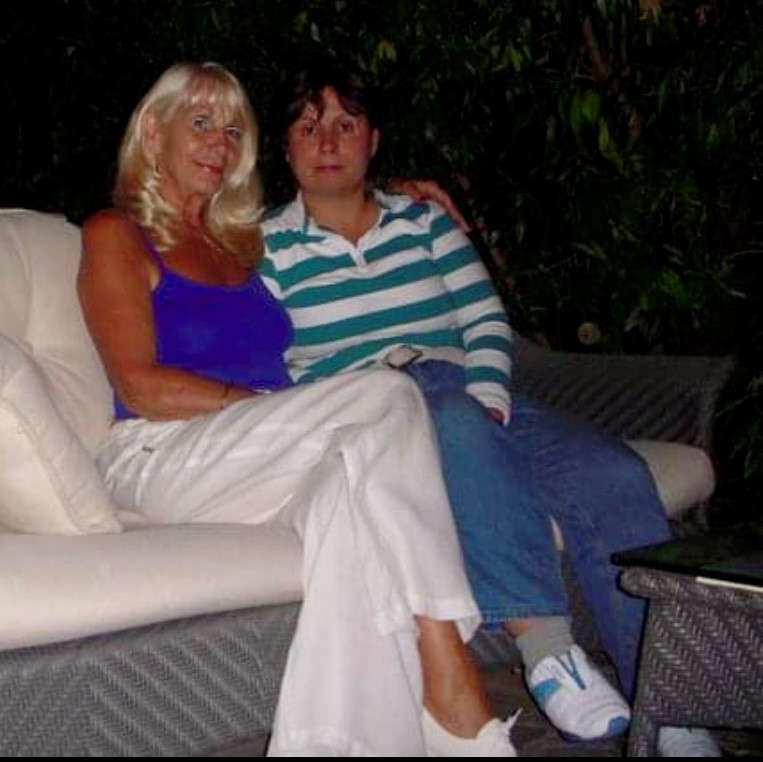 Donna set for Kilimanjaro climb in aid of Macclesfield Hospital’s Emergency Department
Donna set for Kilimanjaro climb in aid of Macclesfield Hospital’s Emergency Department
A dedicated member of Macclesfield Hospital’s Emergency Department will be taking on the challenge of a lifetime in September as she climbs Mount Kilimanjaro in aid of raising funds to enhance the training and development opportunities for her colleagues.
 Nantwich Food Festival shortlisted for prestigious award
Nantwich Food Festival shortlisted for prestigious award
Nantwich Food Festival organisers were thrilled to hear that the festival has been shortlisted for one of the Cheshire Life Food & Drink Awards 2025.
 RSPCA’s Bark in the Park
RSPCA’s Bark in the Park
Animal lovers are invited to join in the fun at a Bark in the Park event which has been organised by the RSPCA Macclesfield Branch.
 Ninja Sword amnesty launched ahead of legislation change
Ninja Sword amnesty launched ahead of legislation change
As part of a national initiative ahead of a change in the law surrounding ‘Ninja Sword’s’, Cheshire Constabulary will be holding an amnesty event across July.
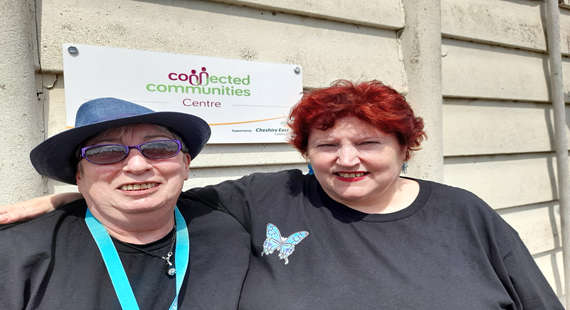 Finding hope and connection inside Crewe’s ConNEXTions recovery hub
Finding hope and connection inside Crewe’s ConNEXTions recovery hub
In the heart of Crewe, tucked inside the welcoming walls of St Andrews Church Hall, something extraordinary is happening.
 Man charged following armed robbery in Crewe
Man charged following armed robbery in Crewe
Detectives investigating an armed robbery at a phone shop in Crewe have charged a man in connection with the incident.

Sunny
High: 18°C | Low: 13°C

Sunny
High: 19°C | Low: 14°C

Sunny
High: 18°C | Low: 13°C

Sunny
High: 19°C | Low: 13°C

Sunny
High: 18°C | Low: 12°C

Sunny
High: 18°C | Low: 13°C
Comments
Add a comment